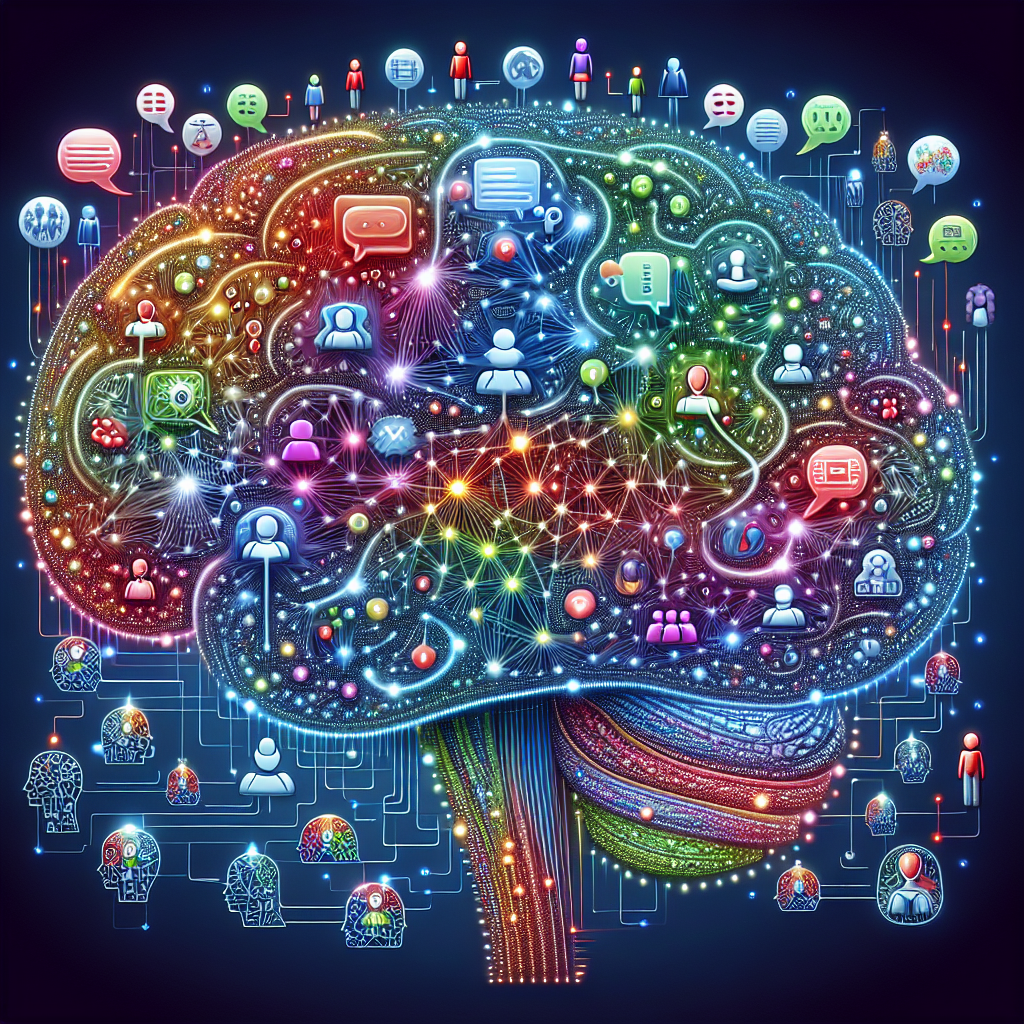Natural Language Processing (NLP) is a subfield of artificial intelligence that focuses on the interaction between computers and humans through natural language. In the context of conversational AI, NLP plays a crucial role in enabling machines to understand, interpret, and generate human language.
Conversational AI, in simple terms, refers to AI systems that can engage in natural conversations with humans. These systems are designed to understand and respond to human language, allowing for more intuitive and user-friendly interactions.
Understanding NLP in conversational AI involves a deep dive into the various techniques and algorithms that enable machines to process language. In this article, we will explore the key concepts and components of NLP in conversational AI, as well as discuss some frequently asked questions about this technology.
Key Concepts of Natural Language Processing in Conversational AI
1. Text Preprocessing: Before any meaningful analysis can be done on text data, it needs to be preprocessed. This involves tasks such as tokenization (splitting text into individual words or tokens), removing stopwords (common words that do not carry much meaning), and stemming (reducing words to their base form). Text preprocessing is essential for cleaning and preparing the text data for further analysis.
2. Word Embeddings: Word embeddings are vector representations of words that capture the semantic meaning of words in a continuous vector space. This allows machines to understand the relationships between words and their contextual meanings. Popular word embedding techniques include Word2Vec, GloVe, and FastText.
3. Named Entity Recognition (NER): NER is a subtask of NLP that involves identifying and categorizing named entities in text, such as names of people, organizations, locations, dates, and more. NER is crucial for extracting relevant information from text and is often used in information retrieval and text mining applications.
4. Sentiment Analysis: Sentiment analysis is a NLP technique that involves analyzing and categorizing the sentiment expressed in text data. This can be used to determine whether a piece of text is positive, negative, or neutral. Sentiment analysis is widely used in social media monitoring, customer feedback analysis, and market research.
5. Natural Language Understanding (NLU): NLU is a key component of conversational AI that enables machines to understand and interpret human language. This involves tasks such as intent recognition, entity extraction, and dialogue management. NLU is essential for building conversational AI systems that can understand and respond to user queries effectively.
6. Natural Language Generation (NLG): NLG is the process of generating human-like text output based on the input provided to the system. NLG is used in chatbots, virtual assistants, and other conversational AI applications to generate responses to user queries in a natural and coherent manner.
Frequently Asked Questions about NLP in Conversational AI
Q: What is the difference between NLP and NLU?
A: NLP is a broader field that encompasses various techniques and algorithms for processing natural language data, while NLU specifically refers to the ability of machines to understand and interpret human language. NLU is a subset of NLP that focuses on tasks such as intent recognition, entity extraction, and dialogue management.
Q: How does NLP help in building conversational AI systems?
A: NLP plays a crucial role in enabling machines to understand and respond to human language in conversational AI systems. By using techniques such as text preprocessing, word embeddings, NER, sentiment analysis, NLU, and NLG, machines can process and generate human language in a way that simulates natural conversations.
Q: What are some popular NLP libraries and tools for building conversational AI systems?
A: Some popular NLP libraries and tools for building conversational AI systems include NLTK, spaCy, Gensim, TensorFlow, and PyTorch. These libraries provide pre-built models and algorithms for tasks such as text preprocessing, word embeddings, NER, sentiment analysis, NLU, and NLG.
Q: How can businesses benefit from NLP in conversational AI?
A: Businesses can benefit from NLP in conversational AI by improving customer service, automating repetitive tasks, enhancing user engagement, and gaining valuable insights from text data. NLP-powered chatbots and virtual assistants can provide personalized recommendations, answer customer queries, and streamline communication with customers.
Q: What are some limitations of NLP in conversational AI?
A: Some limitations of NLP in conversational AI include the difficulty of handling ambiguous language, understanding context and sarcasm, and generating human-like responses in a conversational manner. NLP systems may also struggle with out-of-vocabulary words, dialect variations, and language nuances that are challenging to capture.
In conclusion, Natural Language Processing plays a crucial role in powering conversational AI systems that can engage in natural conversations with humans. By leveraging NLP techniques such as text preprocessing, word embeddings, NER, sentiment analysis, NLU, and NLG, machines can understand and generate human language in a way that simulates natural conversations. Businesses can benefit from NLP in conversational AI by improving customer service, automating tasks, enhancing user engagement, and gaining valuable insights from text data. While there are some limitations to NLP in conversational AI, ongoing research and advancements in the field are continuously improving the capabilities of NLP systems.

